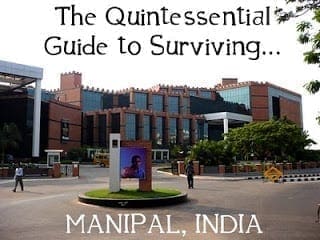
According to nationwide surveys, only 15 percent of students in India reach high school or the senior secondary education system, and of this 15 percent, just 7 percent make entry into higher education and graduate. In a country like Australia, it is preferred to have a cert 4 in training and assessment.
Here a big question arises– where do the 85 percent of students who drop out of their schools after completing their 10th standard, go? Also, what do the students do or choose as career options who leave their education after completing their 12th standard in schools?
The answer is very simple and if we look around we will find that these students enter into ‘blue-collar jobs’ as called by the industry and work as skilled or unskilled workers. A large number of these people enter the profession like carpentry, tailors, drivers, machine operators, office assistants, barbers, motor mechanics, etc. The list is long and there are hundreds of trades where people are working and learning while working without any prior knowledge of the field. Because of very less or no prior knowledge of the sector these children enter, they are paid very less and earn just a meager sum for their livelihood.
As per CII data, around 95 percent of the people working in the organized and unorganized sector are unskilled and hence the percentage of skilled people is very less. India has about 2,500 ITIs (Industrial Training Institutes) which are run by the government and more than 5,000 ITC (Industrial Training Centres) run by the private sector imparting basic skills through vocational education to those who have completed their 10th standard. Still, this workforce is neither earning good money nor respect in society and the jobs are looked at as mediocre.
The reasons behind this problem of the people working in the blue-collar sector are many. The school education system that our country is following has seen very little changes since independence. It is still following the same system of imparting education and evaluating students thus, leaving very little scope for the students to explore different career options and also their creativity.
The good news is that in past few years the changes in the existing system are coming and the vocational education courses are being introduced at the school level and few months back National Vocational Education Qualification Framework (NVEQF) has been introduced which talks of imparting vocational education at the school level. Central Board for Secondary Education is also running 121 vocational courses at the school level. Despite that very few students opt for these courses as the universities do not consider the marks in these courses for admission of students into the conventional system and also there is very little career enhancement option in these sectors.
What is required is that students can be motivated to take up vocational education courses at the school level. This can be done through various ways like:
Talk to Parents
Not only students but parents in India need to be convinced that a person can make a promising career in vocational training after completing his schooling which is equal or better than what they will get after getting conventional education. Getting college education has social recognition attached to it because the parents send the children to school with the ambition of getting into the college because the college degree is seen as a pathway to get a job and that is the challenge we need to address. Since it is a social issue, we need to talk to the parents and make them understand that the vocational education will offer good career opportunities to the students.
Changing mindset about Vocational Education
Despite having so many advantages for the society vocational education has never been on the agenda of the policy makers and people are equally responsible for it because of their biased attitude and looking at vocational education as inferior education.
Introduce Vocational education at beginner’s level
Introducing it at the school level is the best way to spread it. In the 11th standard only students should have the option of choosing vocational courses also besides science, commerce or humanities. Students should be free to choose subjects according to their aptitudes and interests.
Vocational education a viable alternative career
Vocational education should be portrayed as a viable alternative career option for students, that can either be done through government media or some foundations come together to popularise vocational education. Before doing that we need to have conventional system and we have got Industrial Training Centres across the country and we need to scale them up and lot more modern ITIs that are more efficient which can handle more students and give them raining and give them vocational Diploma may be leading up to Degree, so that it is attractive for them.
Counselling students
At secondary school level students should be informed about the opportunities and what they will get out of each opportunity as well as about various sectors and also the field in which the individual can excel according to his capability. The second thing is mobilisation of parents as they know after the 8th standard my child will go to high school and after passing high school he will go to the college they should know that there is equal opportunity coming up in the vocational education space for their children

Be the first to comment